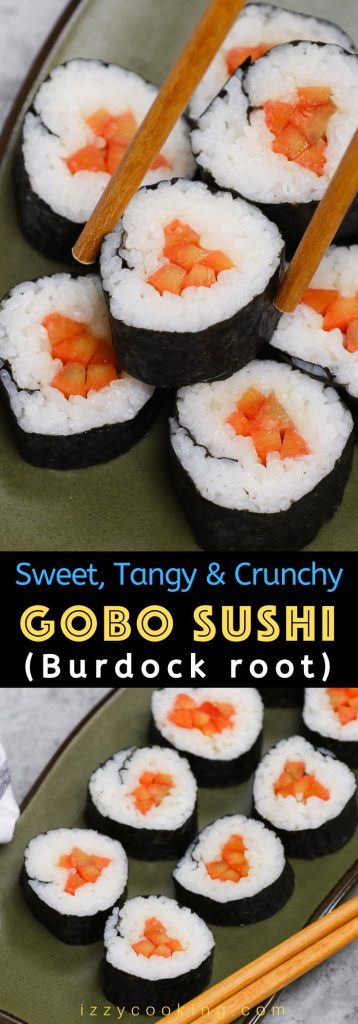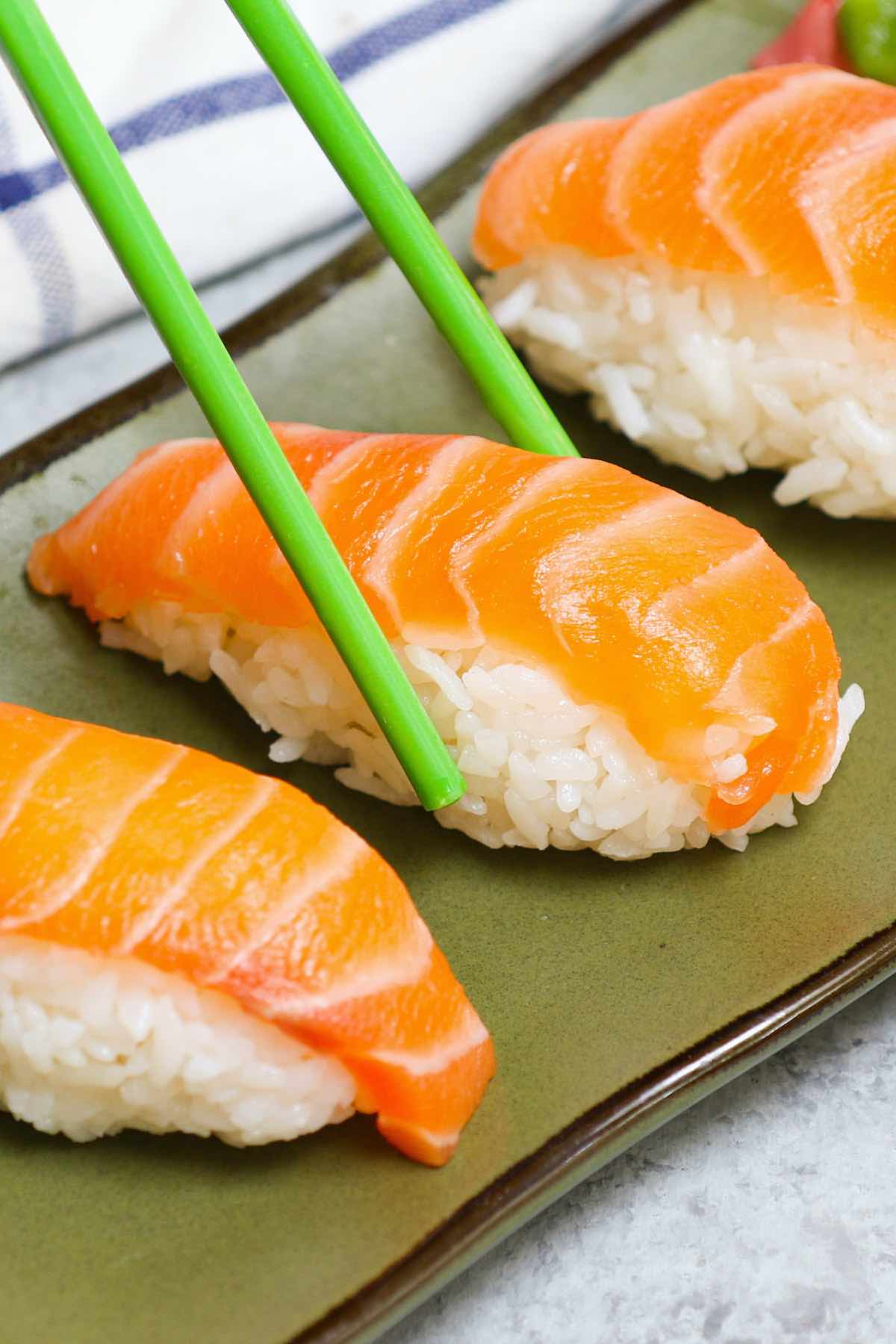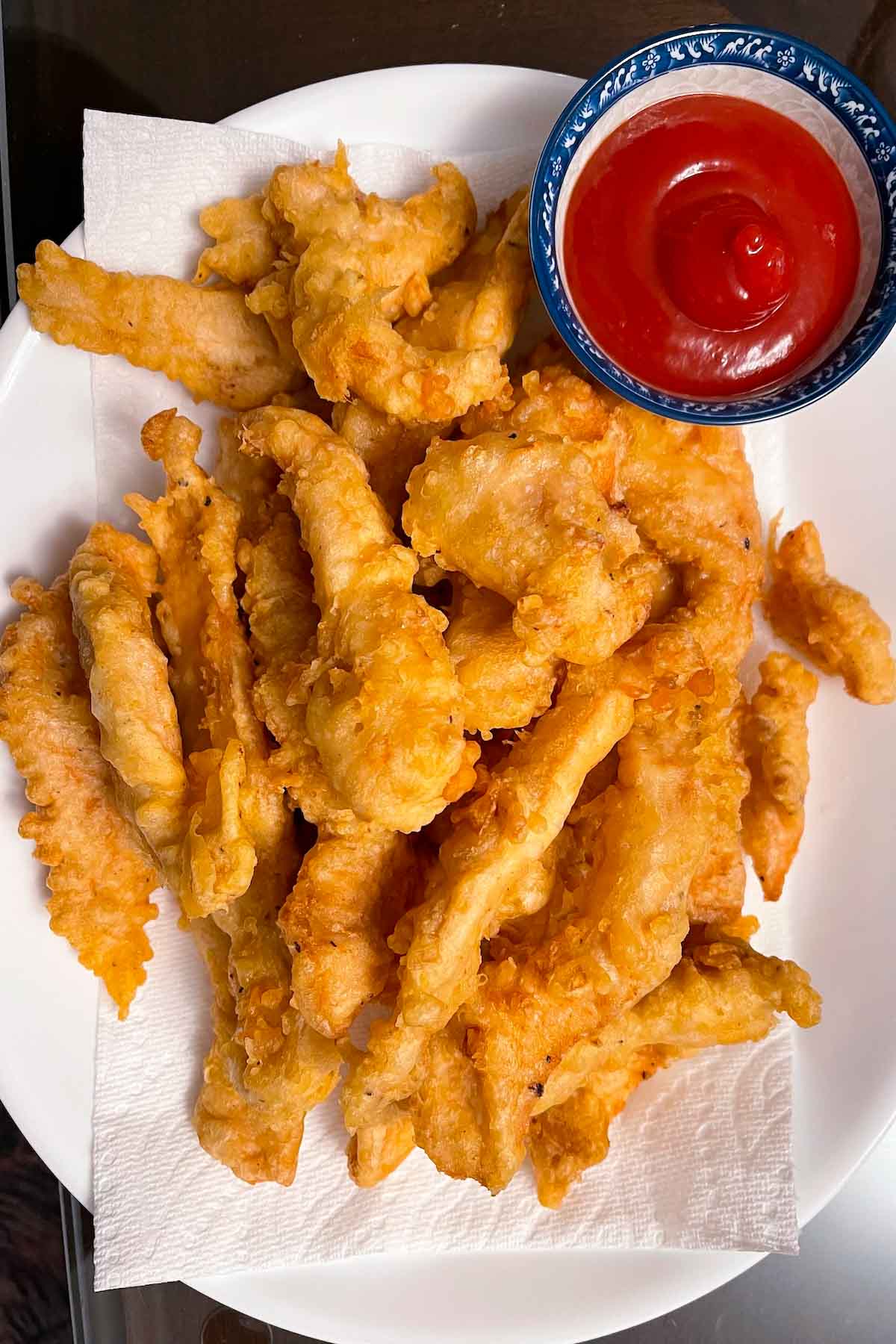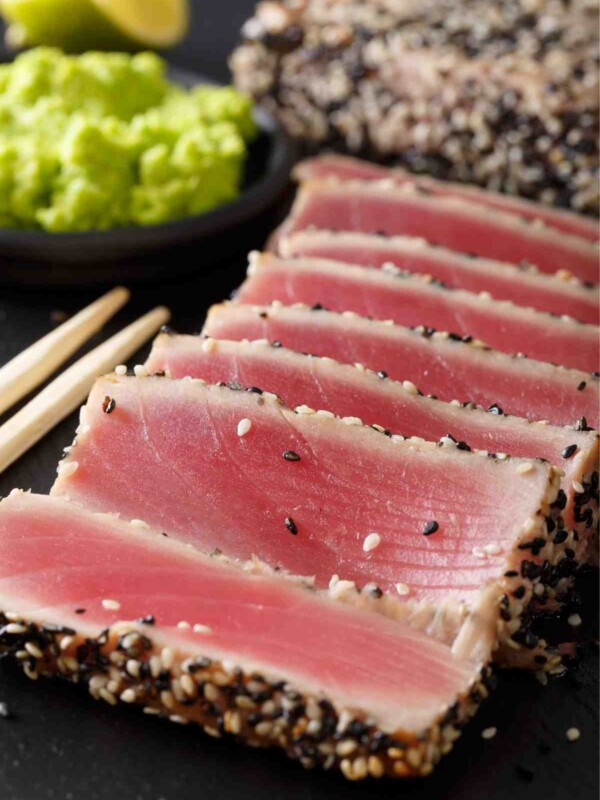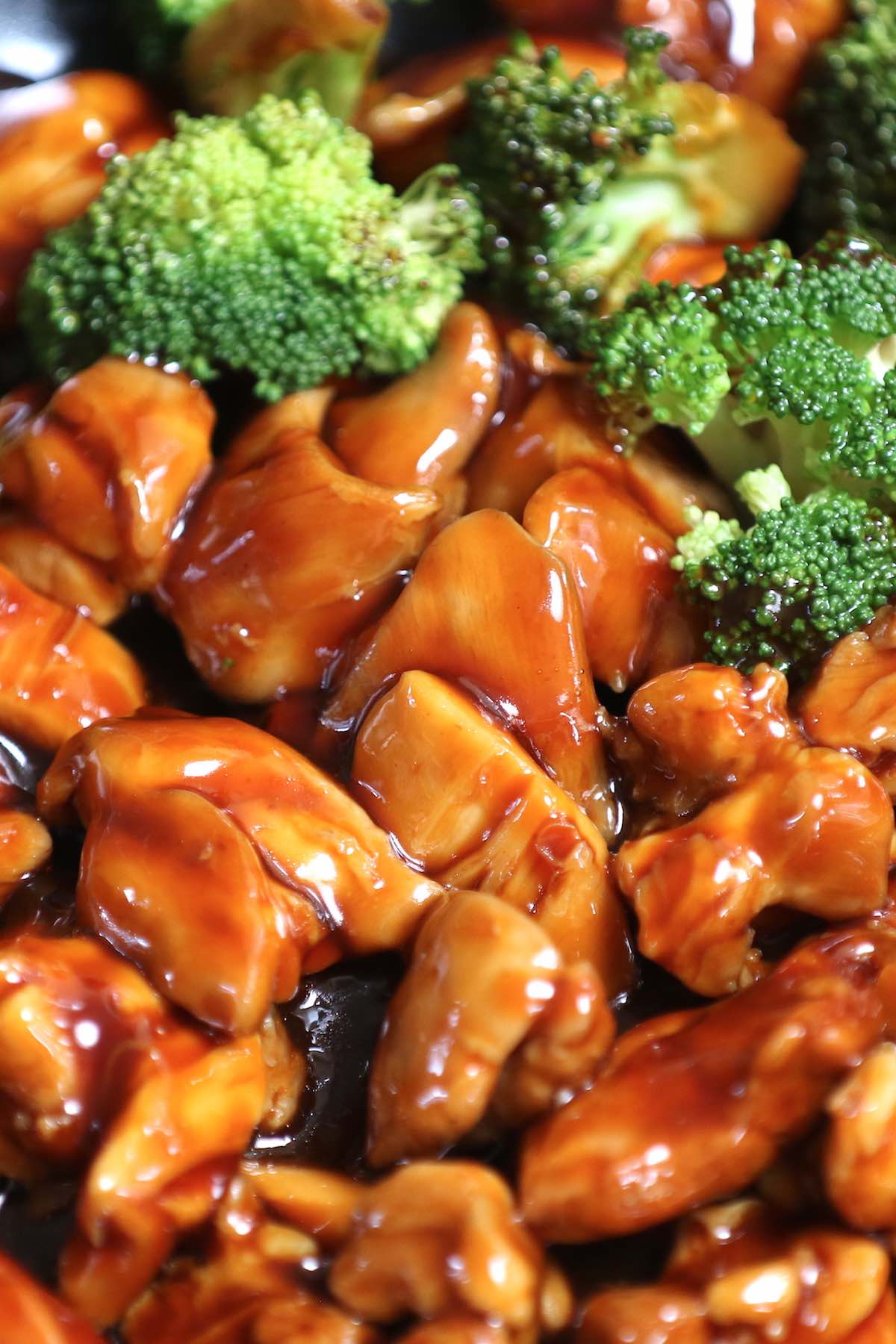What is Gobo and How to Make Gobo Sushi
on Feb 14, 2020, Updated Nov 19, 2023
This post may contain affiliate links. Please read my disclosure policy.
If you have never tried gobo in sushi, you are missing out! Gobo is the Japanese name for burdock root, which is a popular ingredient in Japanese cuisine. It’s incredibly delicious and often used in sushi rolls, miso soup, kinpira, or other side dishes. My favorite is gobo sushi roll, where pickled gobo is rolled in sushi rice and seaweed sheet to make vegetarian rolls. Tangy, sweet and refreshingly crunchy!
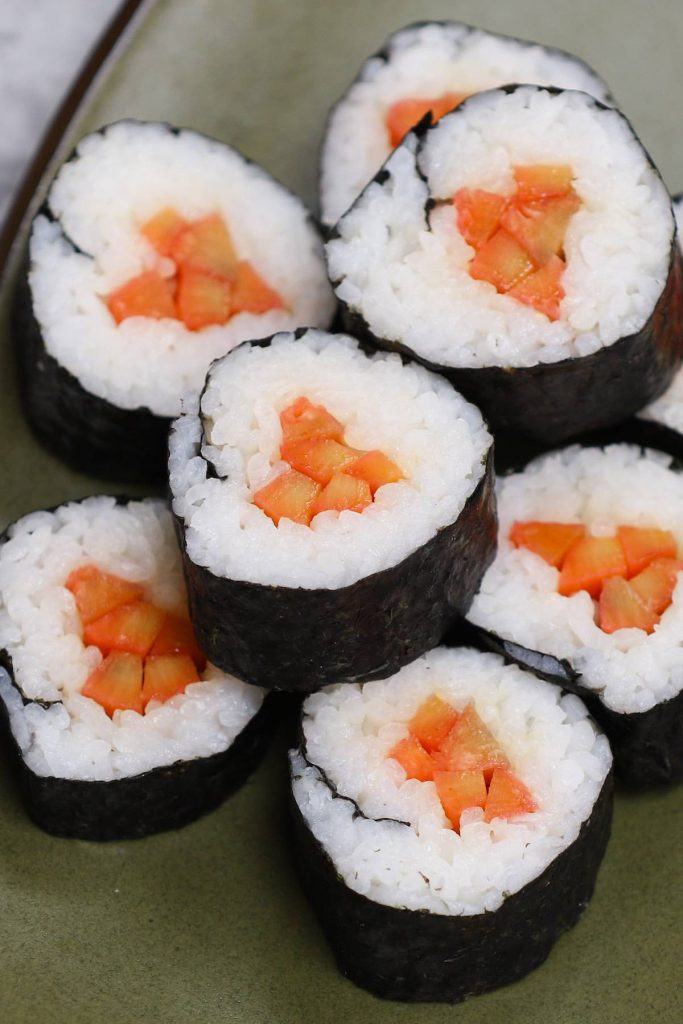
What is gobo root?
Gobo root comes from burdock, which is native to northern Asia and Europe. This plant is related to sunflowers and part of the daisy family. The edible part is the long and slender root. The skin is coarse, thin, and covered in dirt.
What does gobo (burdock root) taste like?
The gobo root is crisp, sweet and earthy. The pickled gobo in sushi is tangy, sweet, and crunchy.
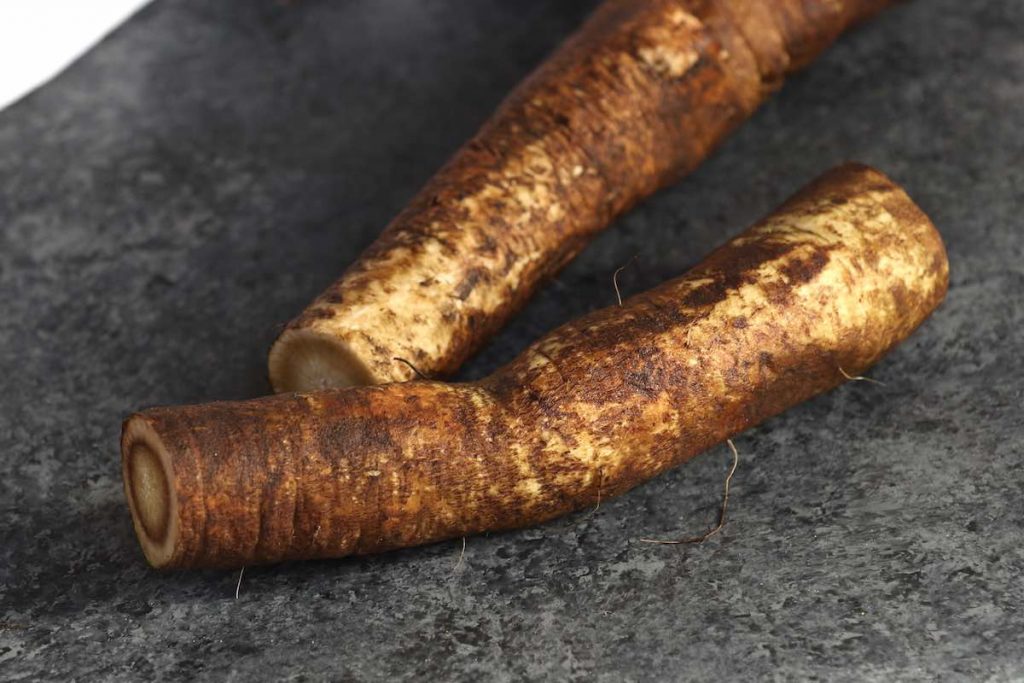
Health benefit of gobo
Gobo root is an excellent source of powerful antioxidants which protect the body from cell damage due to free radicals and reduce inflammation. It also helps to improve health conditions by removing toxins from bloodstream and inhibit some types of cancer.
Due to its great health benefits, gobo root (burdock root) is also used in the form of tea, oil, powder, in addition to gobo recipes.
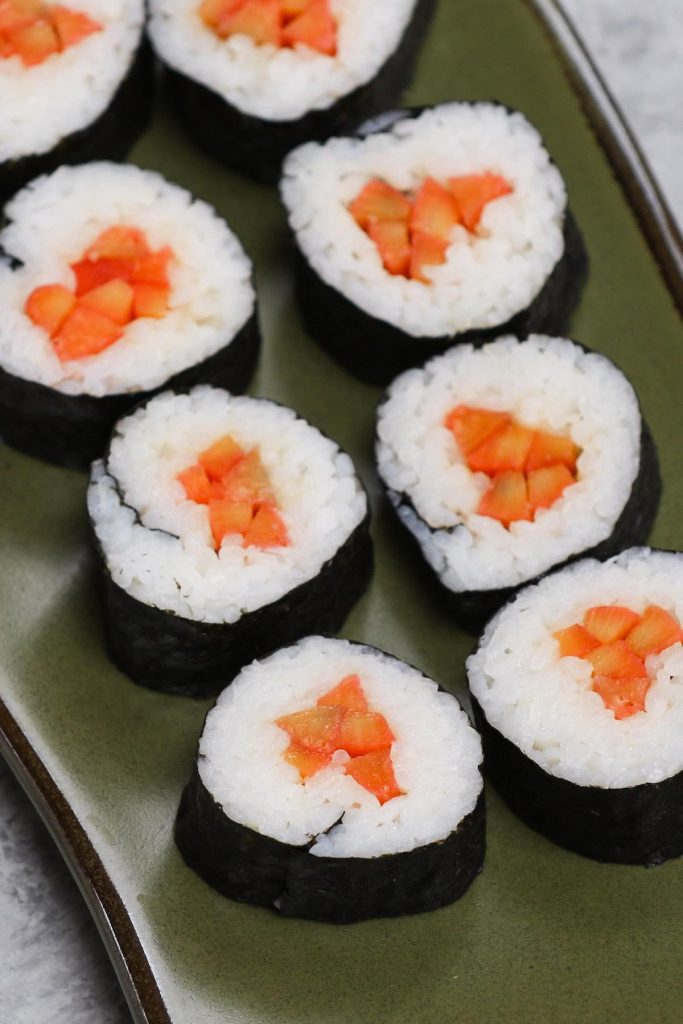
Gobo in sushi recipe
Pickled gobo is a popular ingredient for sushi rolls to add extra flavor and crunchiness. You can use it as a standalone ingredient, or pair it with other ingredients such as cucumber, avocado, oshinko (pickled radish),and cooked eggs to make Futomaki.
Also called yamagobo, Japanese pickled gobo is made from burdock root brined in rice vinegar, sugar and salt mixture. Then the orange coloring is added, making it look a lot like baby carrots.
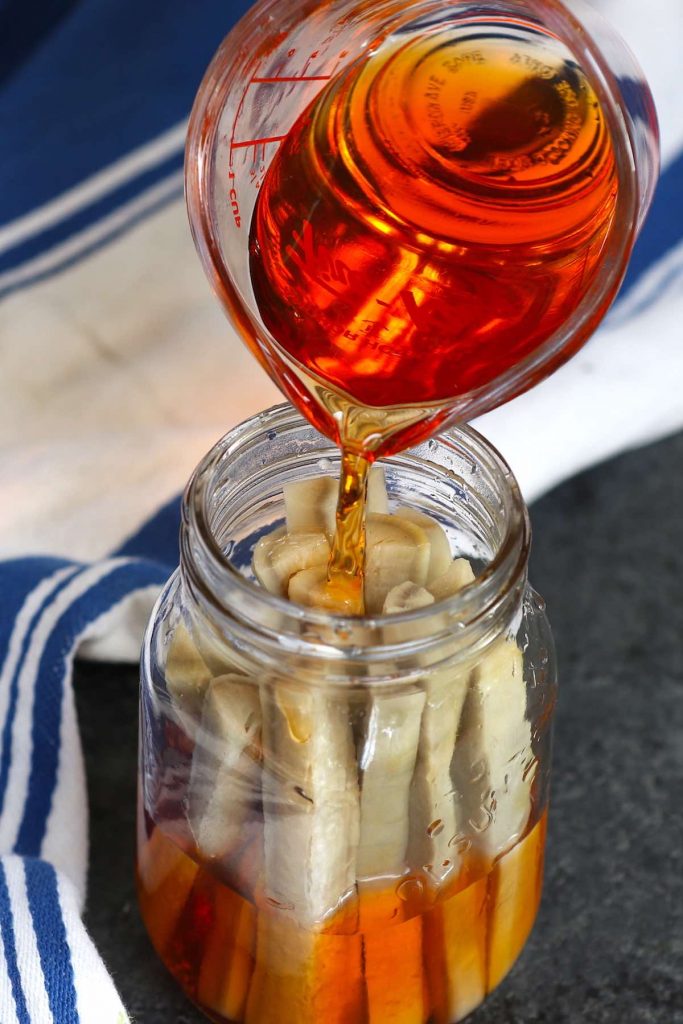
How to make gobo sushi
This simple recipe uses a few ingredients for a vegan sushi roll:
- Pickled gobo (burdock root): You can make your own at home, buy it at local Japanese grocery store or order it online from Amazon. Cut into thin matchsticks.
- Sushi Rice: It’s best to use Japanese short grain rice. To add more flavor to your rice, I recommend mixing your rice with small amount of vinegar, sugar, and salt.
- Nori (seaweed sheets)
You’ll also need a sushi rolling mat to make the sushi for the best-looking rolls.
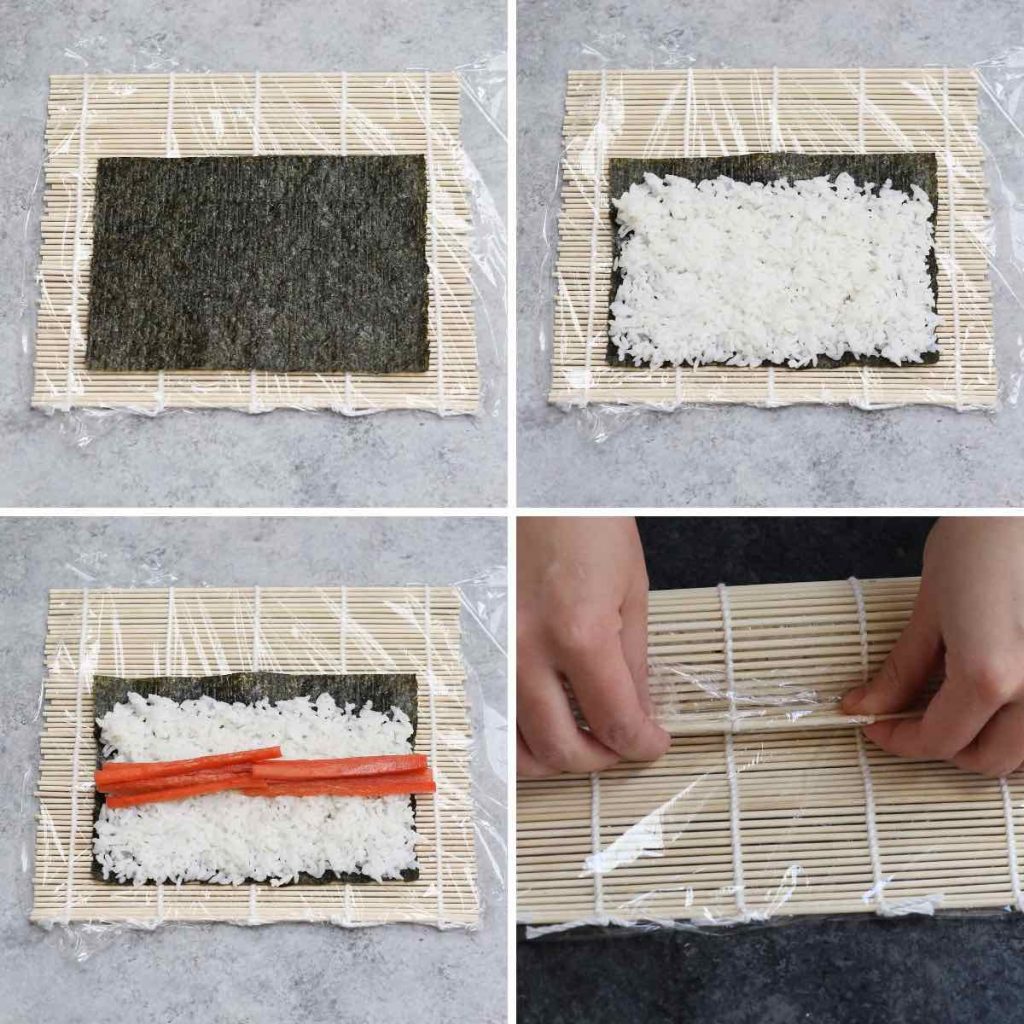
Pro Tips for making the best gobo sushi roll
- To prevent rice from sticking to your hands: You can make Tezu, which is hand dipping liquid made with 1/4 cup water and 2 teaspoons rice vinegar. Wet your hands with Tezu, and it will prevent sticking.
- To prevent sushi rolls from falling apart: You need to tuck in and pull the bamboo mat while rolling. Try to squeeze the roll tightly. After that, place the bamboo mat over the sushi roll and gently squeeze the roll again. In addition, the rice should be neither too hot or completely cold when rolling. Ideally it’s warm but not hot.
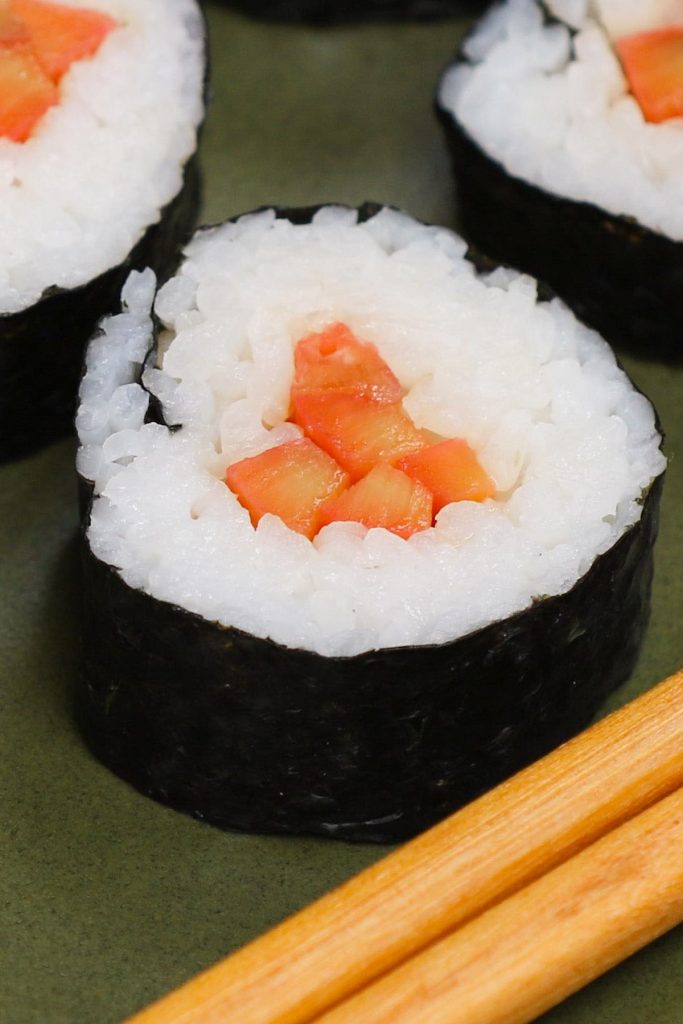
Other ways to use gobo
If you’d like to cook fresh gobo, kinpira is a popular recipe where thin gobo sticks and carrots sticks are sautéed in a hot frying pan with soy sauce, sugar, mirin, and sake.
Do you have to peel gobo burdock root?
The big ones, yes. The skin is usually coarse and woody, and you have to remove it before cooking. Wash your gobo first as it can be covered with dirt.
How to cut gobo?
For pickled gobo, I like to cut them into 4-inch segments and then cut into evenly-sized matchsticks. For kinpira, it’s best to julienne it as thinly as possible so that you can sauté them quickly.
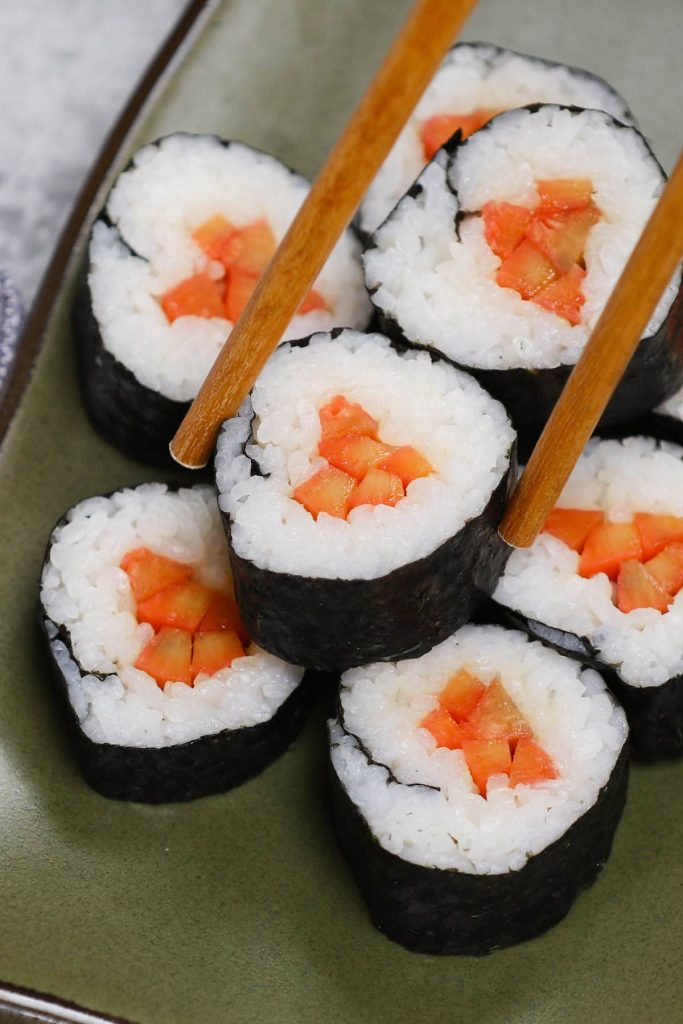
Gobo substitutes in sushi roll
If you cannot find pickled gobo, here are some great substitutes (Note the flavor of your sushi roll will change slightly):
- Oshinko (pickled radish)
- Carrots
- Pickled cucumber
You May Also Like
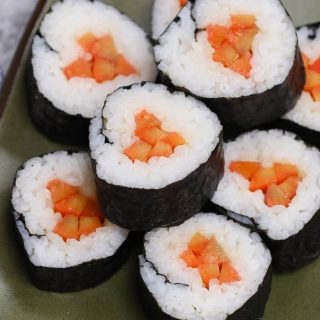
Gobo Sushi Roll
Ingredients
For sushi rice:
- 1 cup sushi rice, (I recommend using Japanese short grain rice)
- 1 cup water
- 1 ½ tablespoons sushi vinegar, or mixing 2 tablespoons rice vinegar, 1 tablespoon sugar, and 1 teaspoon salt
Gobo Sushi Rolls:
- 10 oz pickled gobo, (yamagobo)
- 3 sheets nori , (seaweed sheet)
Optional for Serving:
- soy sauce
- pickled ginger
Instructions
Make the sushi rice
- Rinse the rice with cold water until the water runs clear. Then add rice and water to the rice maker and cook according to the instruction. (For this recipe, we use less water so the rice won’t get mushy when squeezed in the sushi roll)
- Once cooked, transfer the hot rice to a large bowl and let it cool down slightly. When it’s still very warm, stir in the sushi vinegar (the mixture of rice vinegar, sugar, and salt). Set aside.
Assemble gobo sushi rolls
- Cut the picked gobo lengthwise into thin strips.
- Lay out the bamboo mat with a piece of plastic wrap on top (this will make clean up easier).
- Cut off 1/4 of the seaweed sheet, and place it on top of the bamboo mat, shinning side facing down.
- Take about 3/4 cup cooked rice and evenly spread over nori while leaving 1/2 inch at the top of the sheet. (You can dip your hand in Tezu vinegar water* to prevent sticking.)
- Place pickled gobo strips on top of the rice.
- Place the thumbs underneath the bamboo mat and lift the edge up and over the filling.
- Roll the bamboo mat away from you and press the rice and filling together firmly.
- Serve with soy sauce and pickled ginger if desired.
Notes
- * Tezu water for dipping hands: Mix together 1/4 cup water and 2 teaspoon rice vinegar.
- Don’t put warm sushi rice to the fridge to cool down as this will affect the taste and texture.
Nutrition
Nutrition information provided is an estimate only and will vary based on ingredient brands and cooking methods used.
